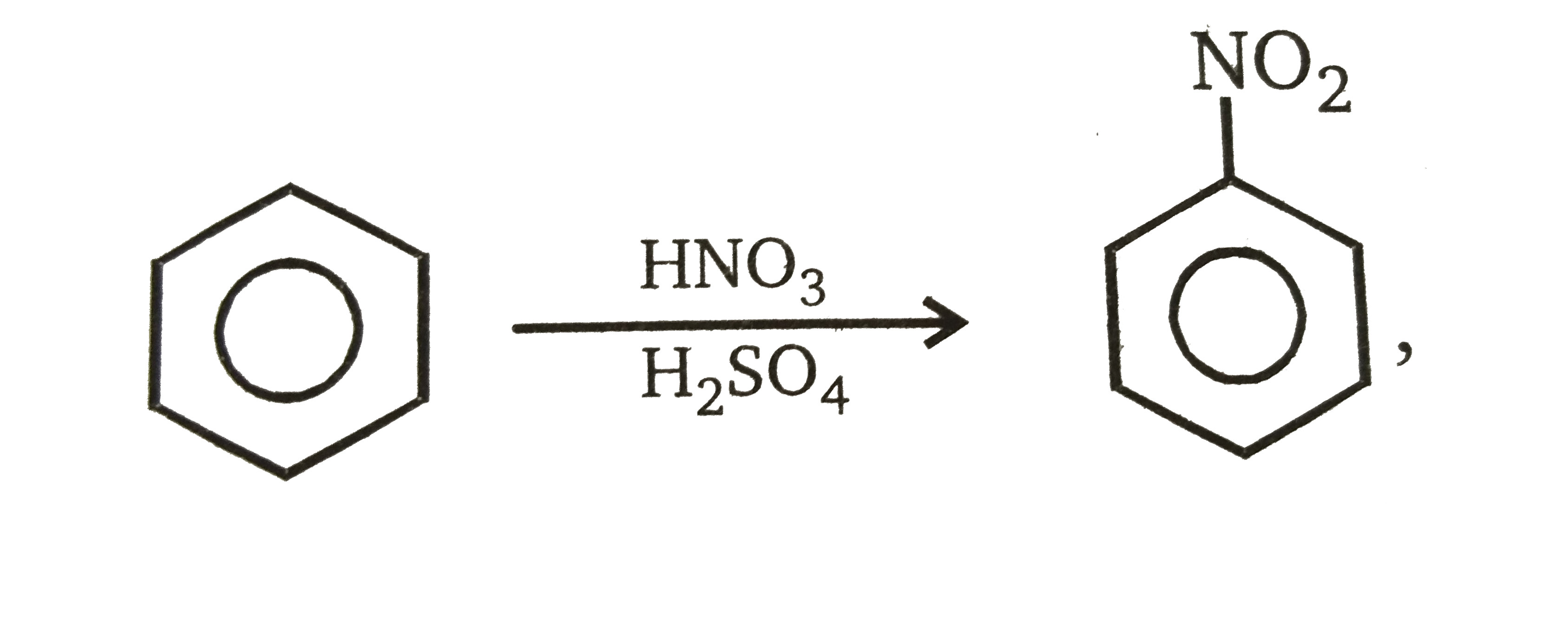Van't Hoff's equation for a chemical reaction under equilibrium is given by standard reaction enthalpy at temperature T and K is the equilibrium constant . Predict how K will vary with temperature for an exothermic
K decreases as the temperature rises
K is remain unchanged
K increases as the temperature rise
Information is not sufficient
The correct Answer is:A
To determine how the equilibrium constant K varies with temperature for an exothermic reaction, we can use Van't Hoff's equation, which relates the change in the equilibrium constant with temperature to the standard reaction enthalpy and entropy.
1. Understand Van't Hoff's Equation:
The Van't Hoff equation is given by:
lnK=−ΔH∘R⋅1T+ΔS∘R
where:
- K is the equilibrium constant,
- ΔH∘ is the standard reaction enthalpy,
- R is the universal gas constant,
- T is the temperature in Kelvin,
- ΔS∘ is the standard reaction entropy.
2. Identify the Nature of the Reaction:
For an exothermic reaction, the standard reaction enthalpy ΔH∘ is negative (i.e., ΔH∘<0).
3. Analyze the Equation:
Since ΔH∘ is negative, the term −ΔH∘R becomes positive. This means that the slope of the line when plotting lnK against 1T is positive.
4. Graphical Interpretation:
- On the graph, as T increases, 1T decreases.
- Since lnK is positively correlated with 1T, an increase in T (which decreases 1T) will lead to a decrease in lnK.
5. Conclude the Effect on K:
If lnK decreases, then K itself must also decrease. Therefore, for an exothermic reaction, as the temperature increases, the equilibrium constant K decreases.
Final Answer:
For an exothermic reaction, the equilibrium constant K decreases as the temperature rises.
The Van't Hoff equation is given by:
lnK=−ΔH∘R⋅1T+ΔS∘R
where:
- K is the equilibrium constant,
- ΔH∘ is the standard reaction enthalpy,
- R is the universal gas constant,
- T is the temperature in Kelvin,
- ΔS∘ is the standard reaction entropy.
For an exothermic reaction, the standard reaction enthalpy ΔH∘ is negative (i.e., ΔH∘<0).
Since ΔH∘ is negative, the term −ΔH∘R becomes positive. This means that the slope of the line when plotting lnK against 1T is positive.
- On the graph, as T increases, 1T decreases.
- Since lnK is positively correlated with 1T, an increase in T (which decreases 1T) will lead to a decrease in lnK.
If lnK decreases, then K itself must also decrease. Therefore, for an exothermic reaction, as the temperature increases, the equilibrium constant K decreases.
For an exothermic reaction, the equilibrium constant K decreases as the temperature rises.
Topper's Solved these Questions
Similar Questions
Knowledge Check
The equilibrium constant in a reversible reaction at given temperature
ADepends on the initial concentration of the reactantsBDepends on the concentration of the products at equilibriumCDoes not depend on the initial concetrationsDIt is not characteristic of the reaction , van't -Hoff factor (i) for this reaction is:A2B3C4D5
, van't -Hoff factor (i) for this reaction is:A2B3C4D5For an exothermic reaction , temperature increase by 10∘C , the equilibrium constant will
A2 timesBSameC1/2 timesD4 times
If K1 is the equilibrium constant at temperature T1andK2 is the equilibrium constant at temperature T2and If T2>T1 and reaction is endothermic then
View SolutionIf the reaction achieves equilibrium at 298 K & one bar pressure i.e., standard conditions then equilibrium constant is
View SolutionThe equation for Van't Hoff Reaction isotherm is
View SolutionThe correct relation between equilibrium constant (K), standard free energy (ΔG∘) and temperature (T) is
View SolutionEffect of temperature on the equilibrium process analysed by using the thermodynamics
From the thermodynamics reaction
ΔG∘=−2.30RTlogk
ΔG∘: Standing free energy change
ΔG∘=ΔH∘−TΔS∘…(ii)
ΔH∘:Standard heat of the reaction gt
From eqns.(i) and(ii)
−2RTlogk=ΔH∘=TΔS∘
ΔS∘ : standard entropy change
⇒ logK=−ΔH∘2.3RT+ΔS∘2.3R
Clearly, if a plot of k vs 1/T is made then it is a straight lone having slope =−ΔH∘2.3R amd y intercept =ΔS∘2.3R
If at temperature T1 equilibrium constant be k1 and at temperature T2equilibrium constant be k2 then :
⇒ logK1=−ΔH∘2.3RT1+ΔS∘2.3R..(iv)
⇒ logK2=−ΔH∘2.3RT2+ΔS∘2.3R...(v)
Substracting e.q (iv) from (v), we get
from the relation we can conclude that the of equilibrium constant increase in temperature for endothermic reaction eith but value of equilibrium constant decrease with the increase in temperature for exothermic reaction
For exothermic reaction if ΔS∘<0 then the sketch of log k vs 1T may be
View Solution
